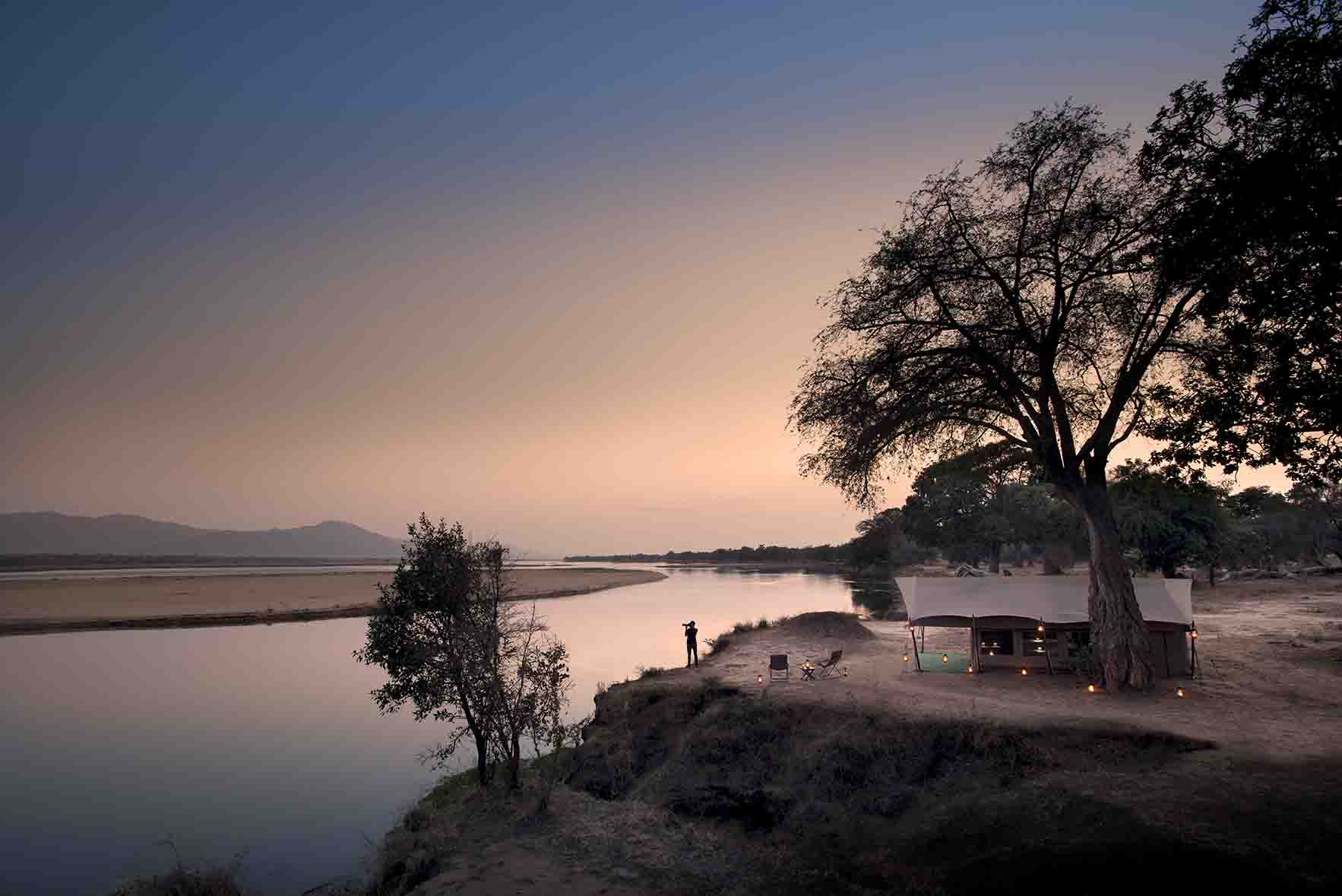What will I experience?
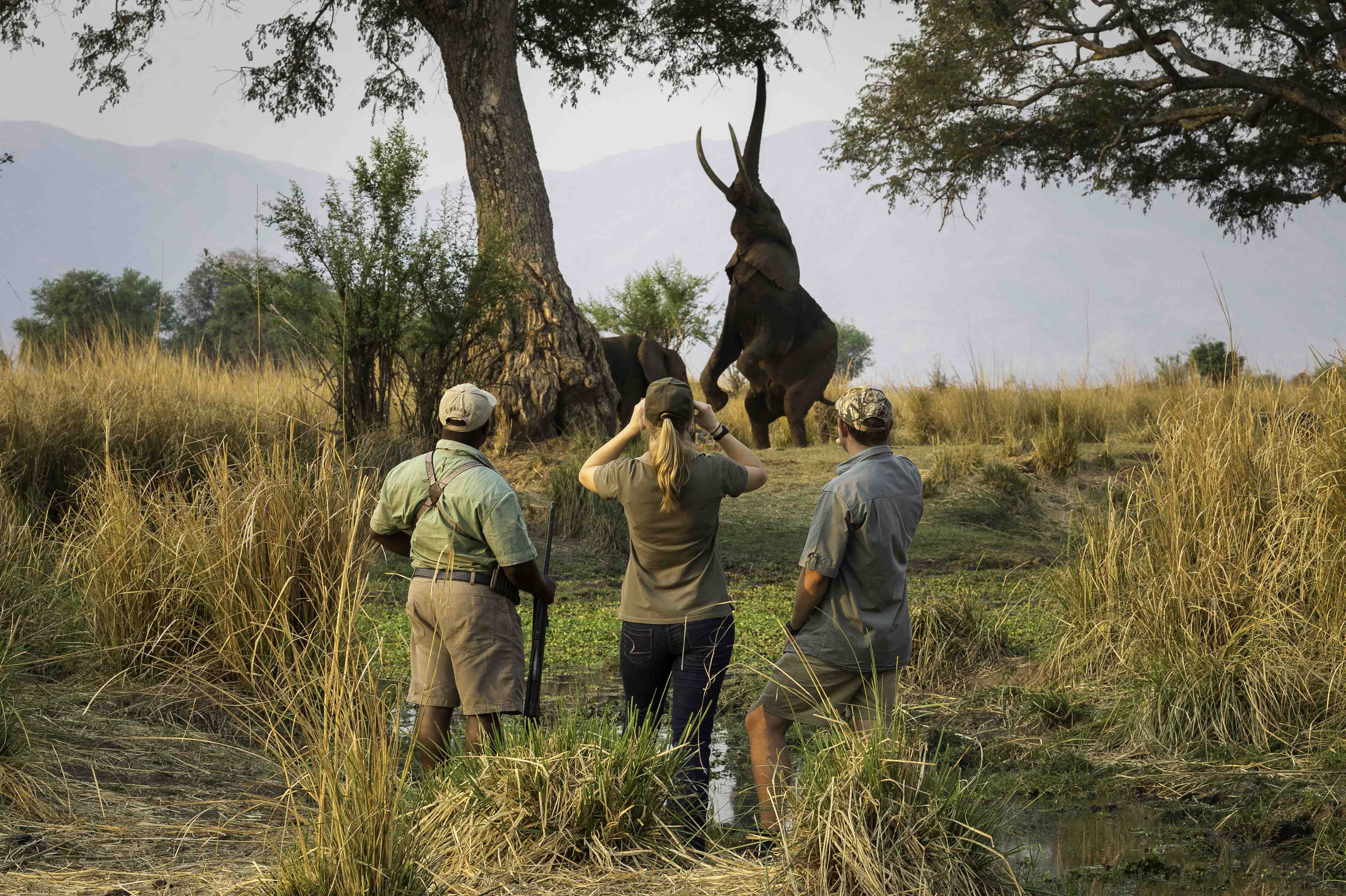
In a region where survival is dictated by the ebb and flow of the mighty Zambezi River you will find a landscape as versatile and changing as the weather itself. With pools that appear and disappear at the will of the rain a sense of magic and mystery will enchant and enthral you.
Here in a place like no other, two of Africa’s mightiest of beings wait to welcome you to the show.
The trees of the African bush appear in an array of shapes and sizes as well as various colours and textures, whether forested or solitary they provide a degree of structure to this ever changing landscape. Each tree is unique, each with its own tale of growth, they overcome the challenges of droughts, floods, humans, animals or even other plants, and provide opportunities such as shelter, shade, furniture, food and beauty. In all this diversity, one tree stands above the rest as a symbol of Africa, the mighty Baobab.
Read More
Huge bulbous trunks support a canopy of tangled branches, nature’s big top; these trees provide shelter to wildlife and shade to the sun-scorched plains that surround them. As the pools and marshes recede and give way to dry earth, the flesh of these trees becomes a vital water source for the region’s other mighty showman, the elephant, and none are quite like Boswell, the most famous performer in Mana Pools.
Boswell has developed an unusual and unique feeding habit, no seed pod is beyond his reach and he is one of few elephants who have mastered this most entertaining of feats. Rearing up on his hind legs, Boswell is able to balance in this position and take his pick of the most prime and seemingly unreachable food sources. A sight so bizarre and unimaginable you have to see it to believe it, and even then as this mighty creature raises himself to new heights you will feel in awe of the absolute grace with which this gentle giant moves.
Two mighty entities so iconic and special, this truly is one of Africa’s greatest shows.
Tell me more
Located in northern Zimbabwe, Mana Pools National Park is a large wildlife conservation area which is characterised by the emergence of an expanse of lakes along the lower Zambezi River following each rainy season.
In the dry season that follows, the lakes begin to recede, drawing a wide range of animals in search of water. This annual phenomenon makes Mana Pools one of Africa’s most notable regions for game viewing and wildlife safaris. Boasting Zimbabwe’s largest population of crocodile and hippopotamus, the park is home to many different animal species. During the dry season large herds of elephant, zebra, Cape buffalo and other mammals make their way into the area including predators such as lion, leopard, brown hyena, cheetah and Cape wild dogs.
The national park has formed part of a UNESCO World Heritage Site since 1984, and in 2013 Mana Pools was designated as a wetland of international importance. The word Mana is the Shona word for four and the national park was named for the four large pools that are a permanent feature in the park, these pools were carved out of the landscape by the flowing waters of the Zambezi River. Mana Pools is one of the least developed national parks in Southern Africa and the vast expanse of indigenous plant and animal life is testament to this fact. A variety of trees including, ebonies, baobabs, wild figs and mahogany forests surround the river, pools and sandbanks, adding to the diverse scenery of the region.
When should I go?
The presence of wildlife in the region is largely dependent on the area’s water sources. From mid-May until mid-November you can expect the best game viewing as this is the dry season and animals are typically gathering around the permanent pools. During these months the vegetation is also less dense, making animals easier to spot. Daytime temperatures are cool, and are characterised by
sunny skies with no rain. October and November can become uncomfortably hot before the rains arrive, but the fantastic sightings make it worthwhile.
The wet season, from December until March, brings with it rainfall, high temperatures and humid weather. The vegetation becomes lush and green and migratory birds arrive in the region, making it an exciting time for avid birders to visit. This is also the time of year when you would be more likely to spot baby animals. It is important to note that when rainfall is very heavy some roads can become impassable and from January until March many of the lodges in the area are closed.
Gallery
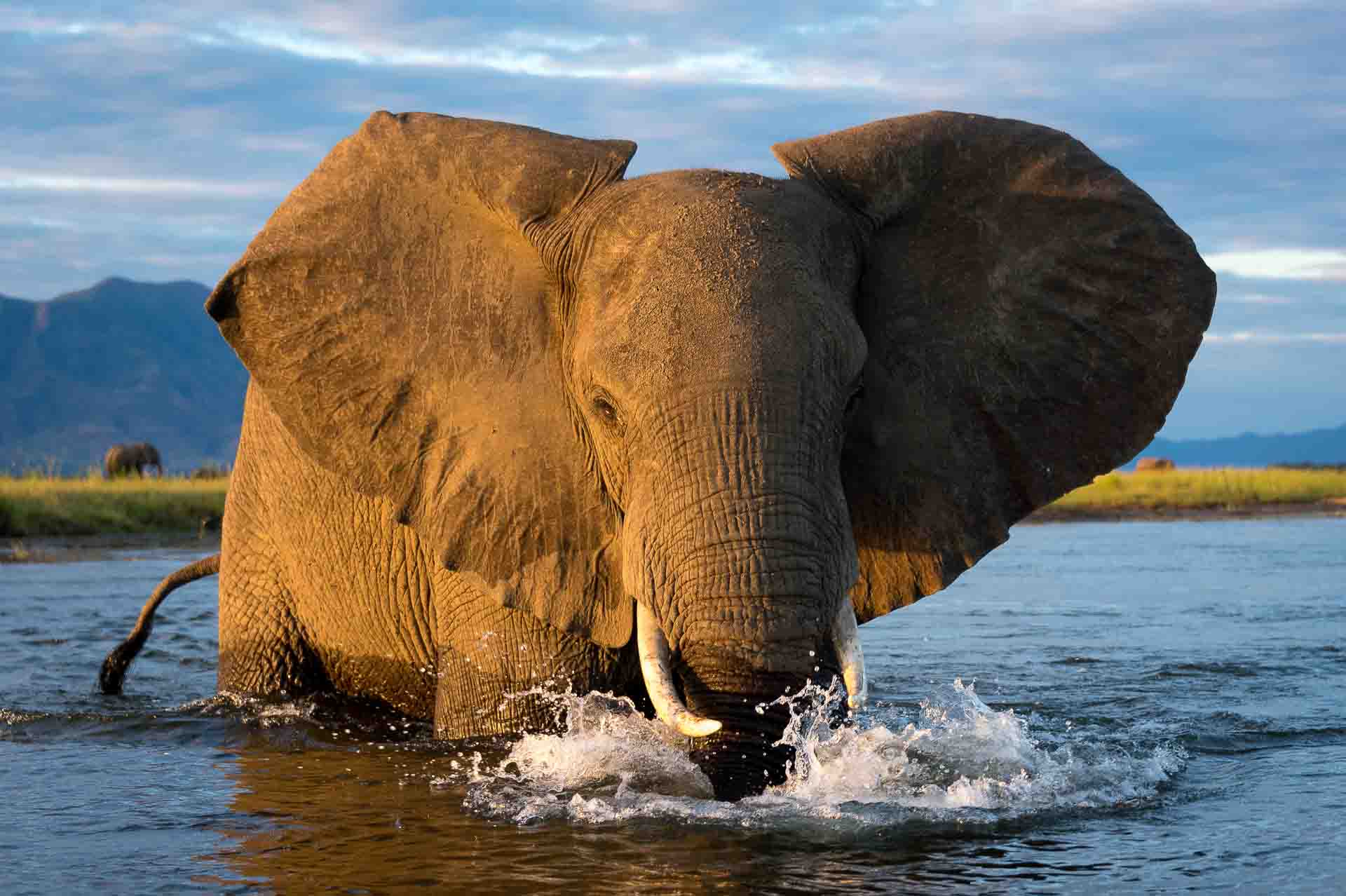
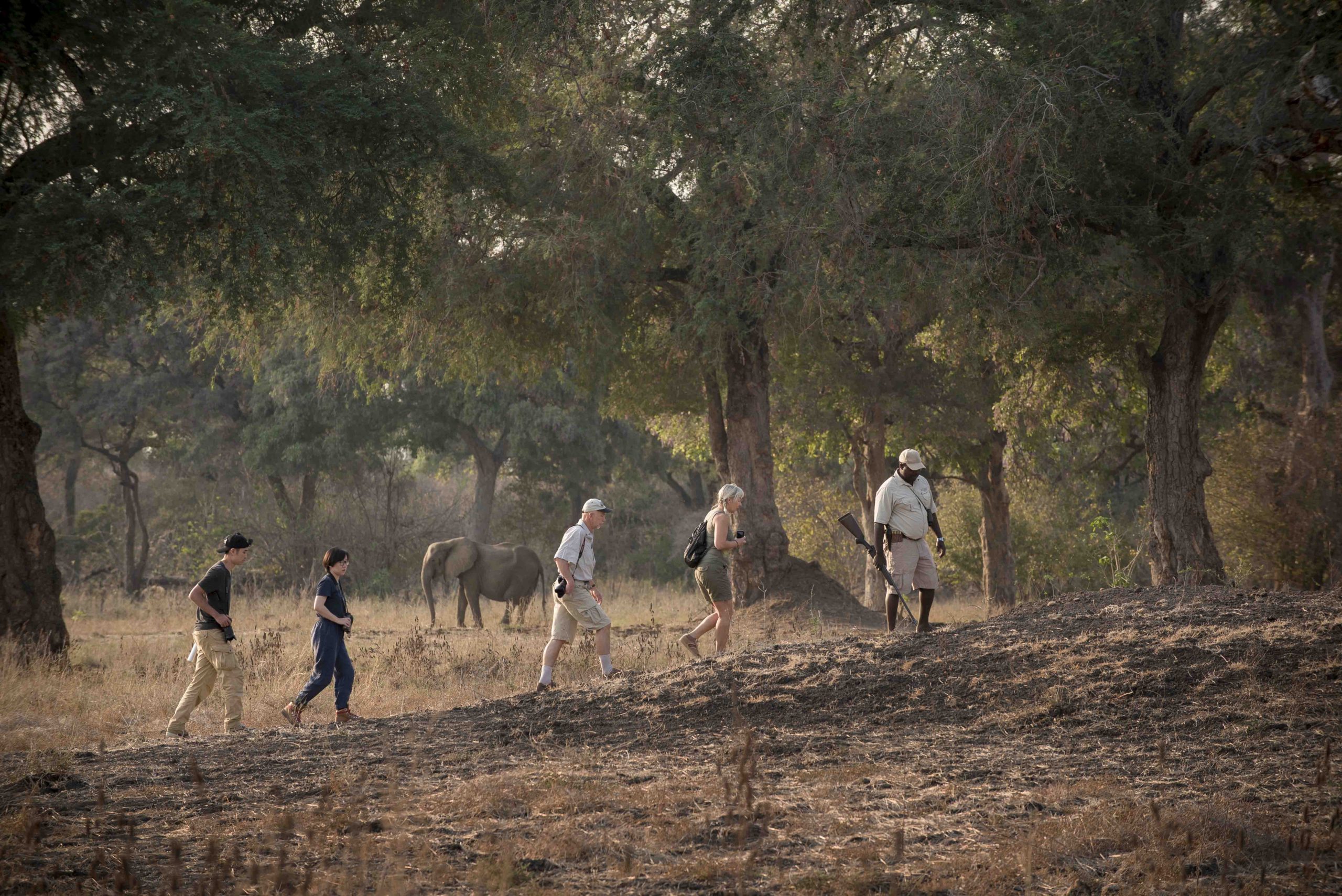
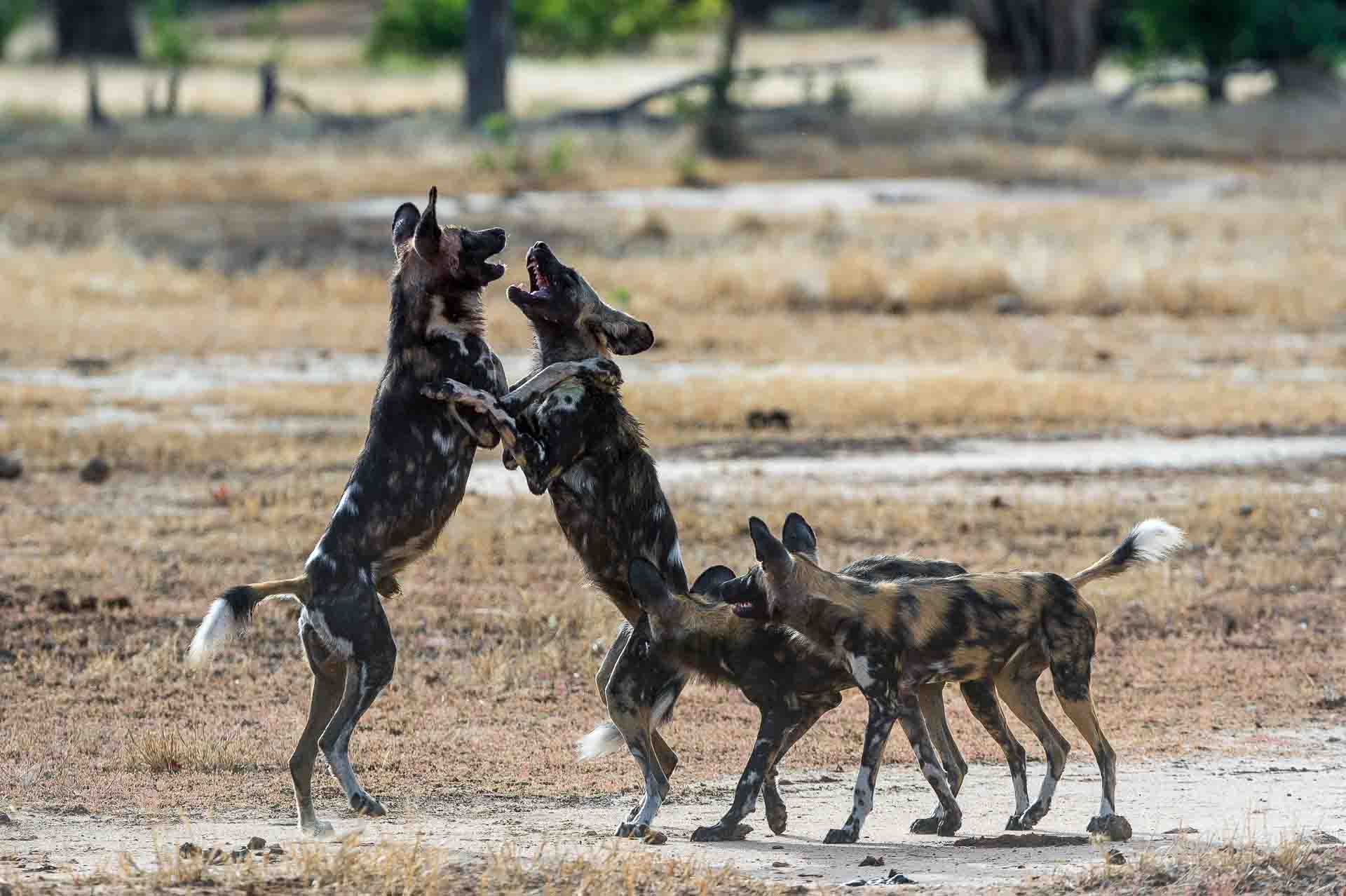
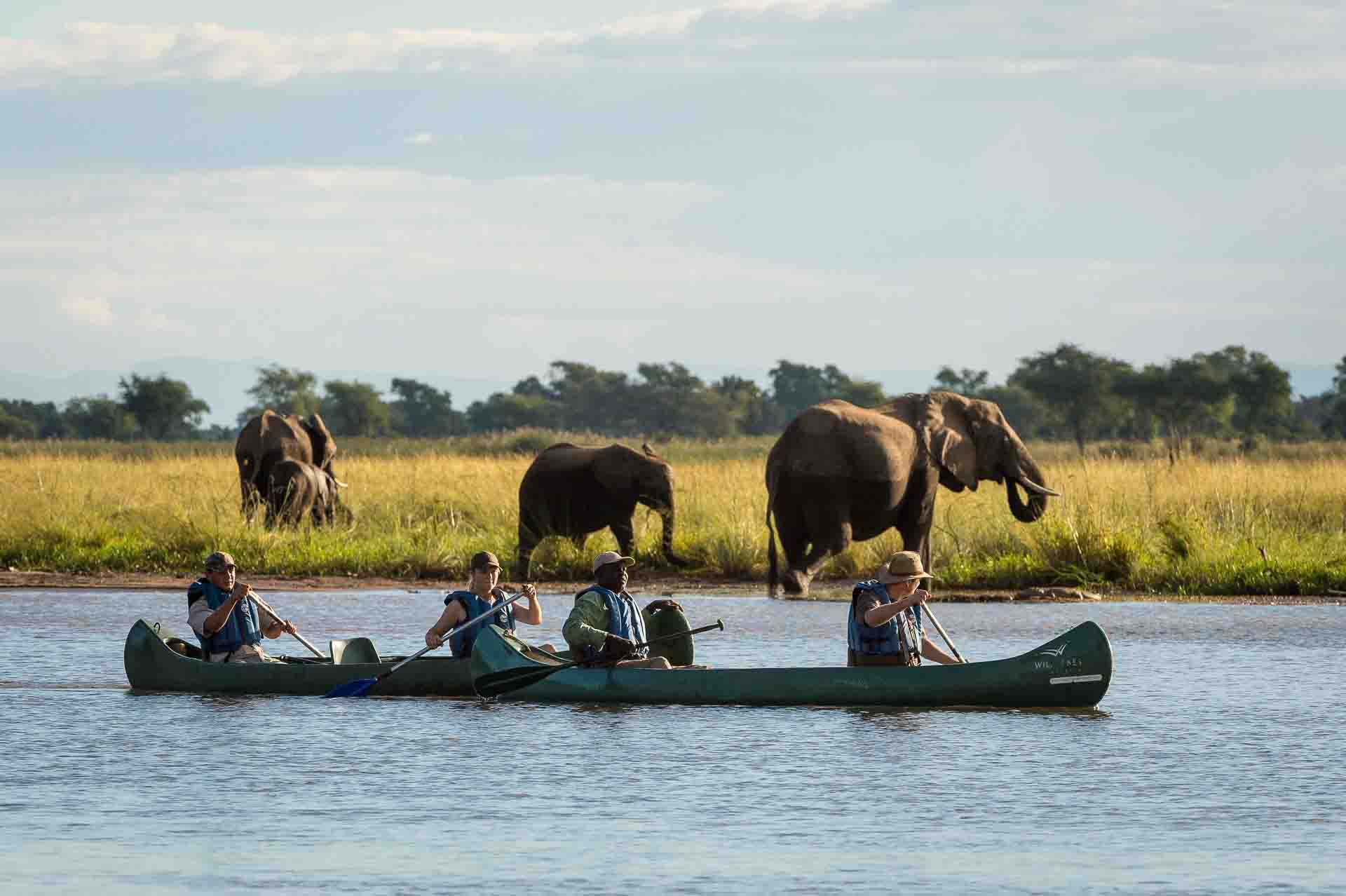
CAMPS
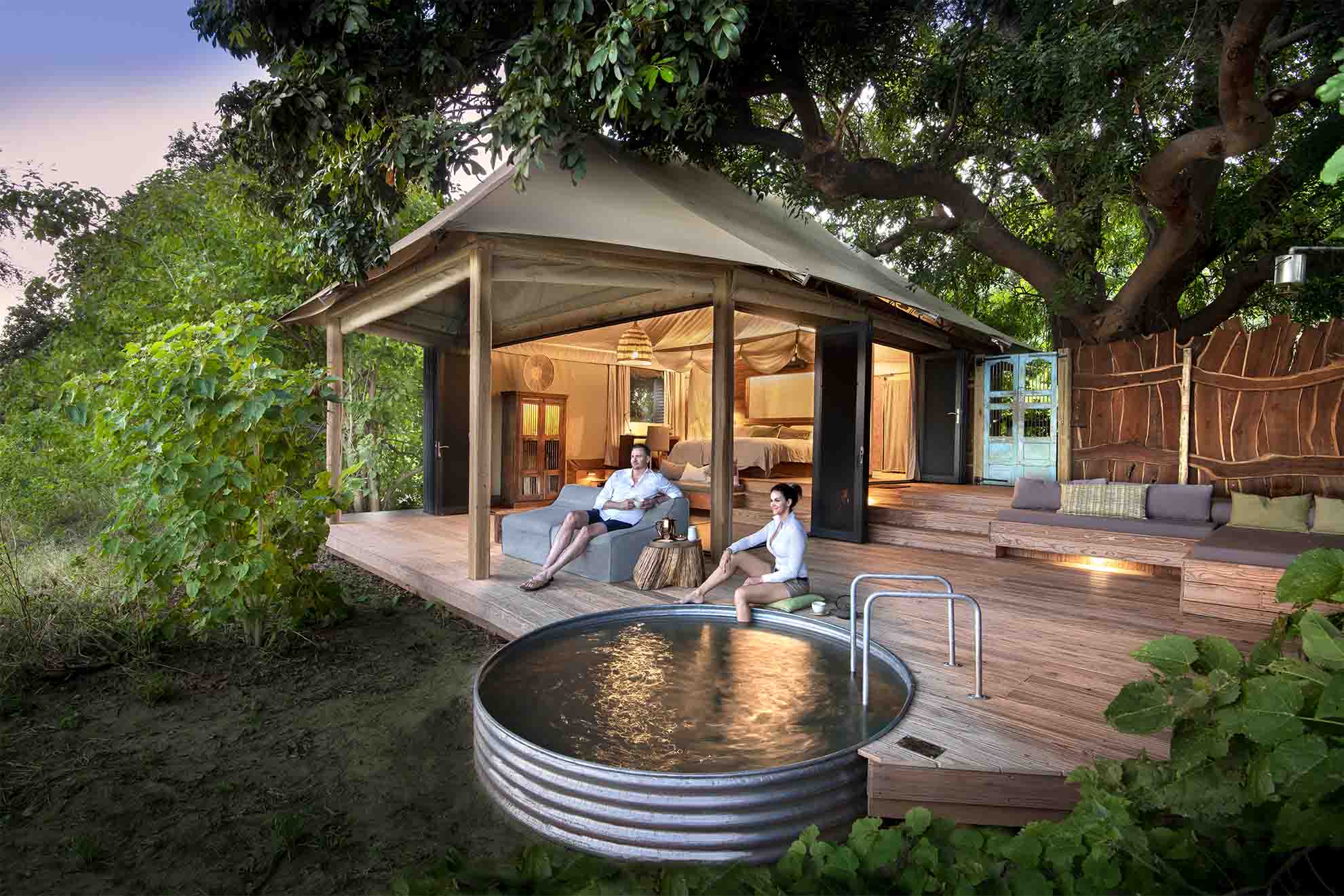
Nyamatusi Camp
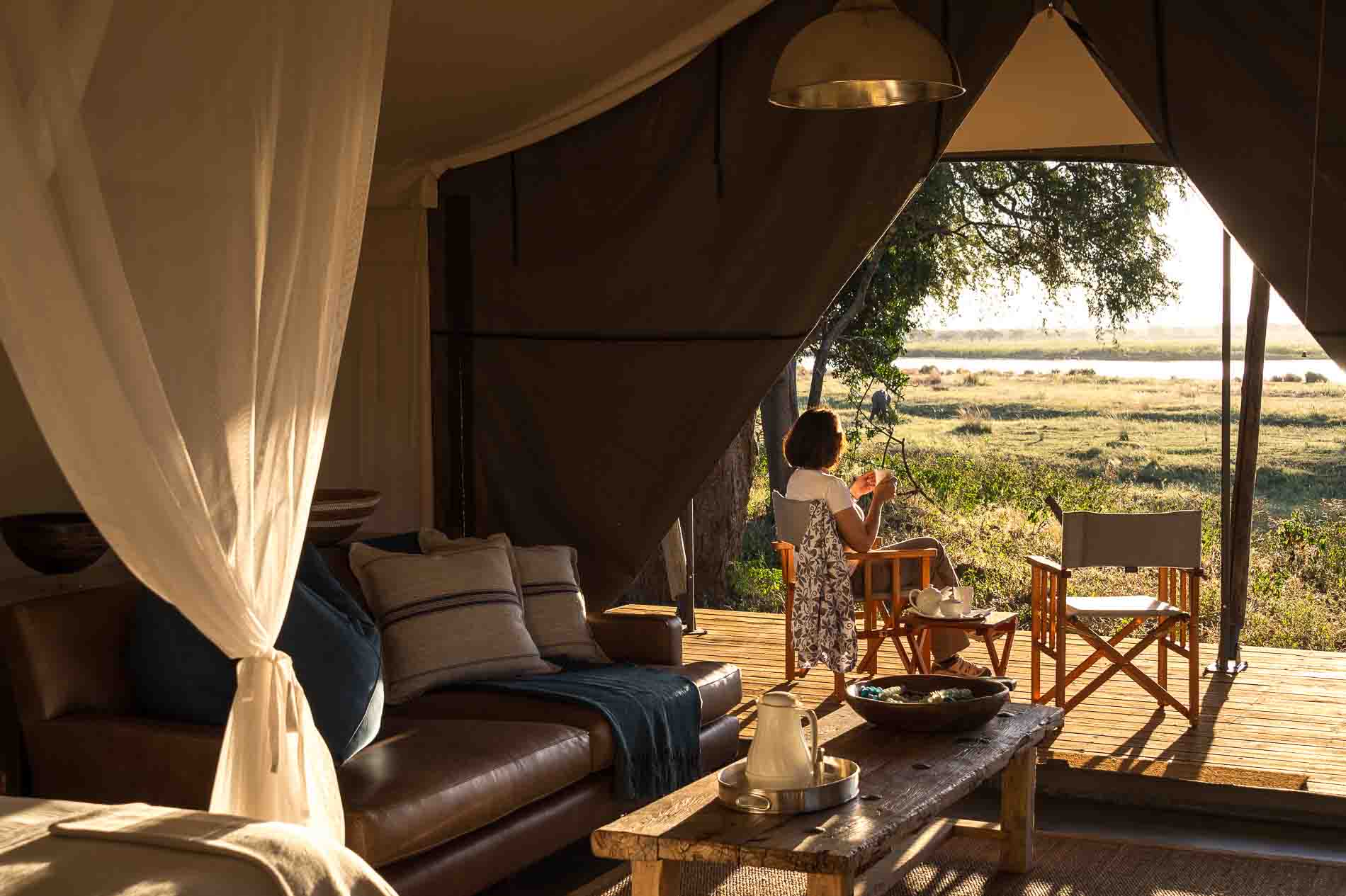
Ruckomechi Camp
